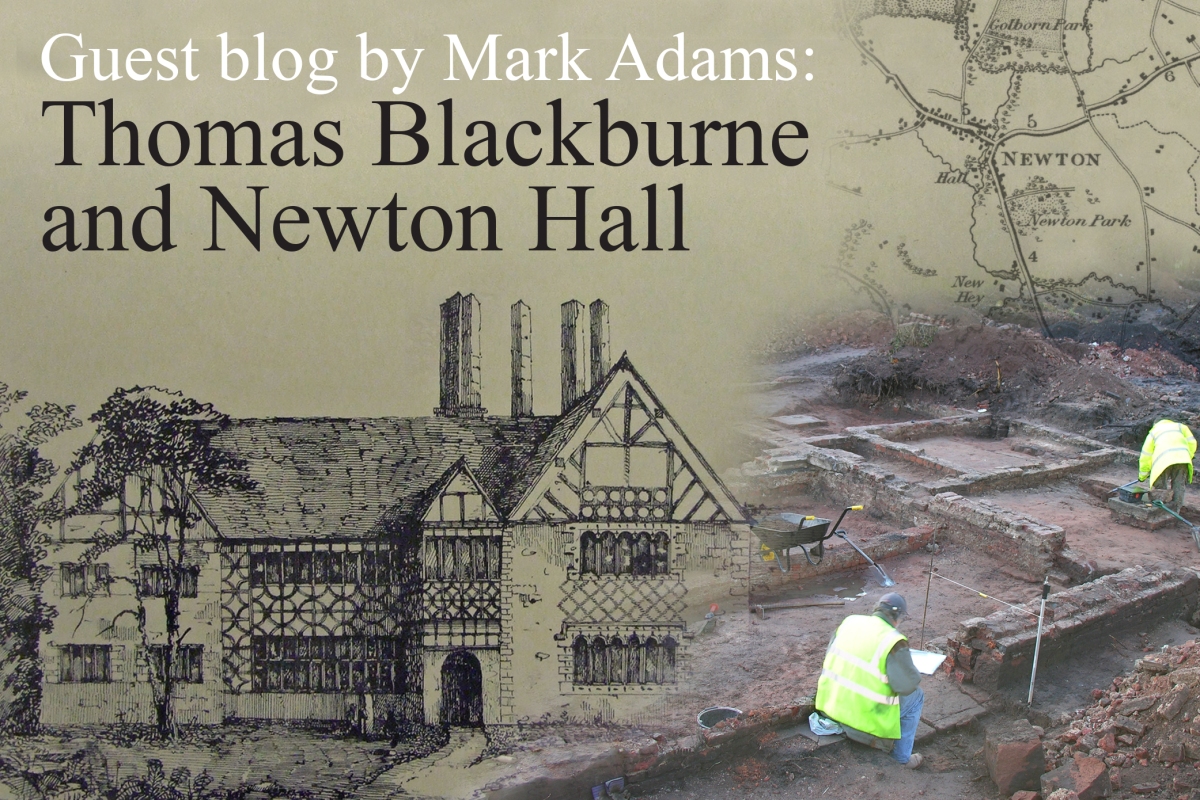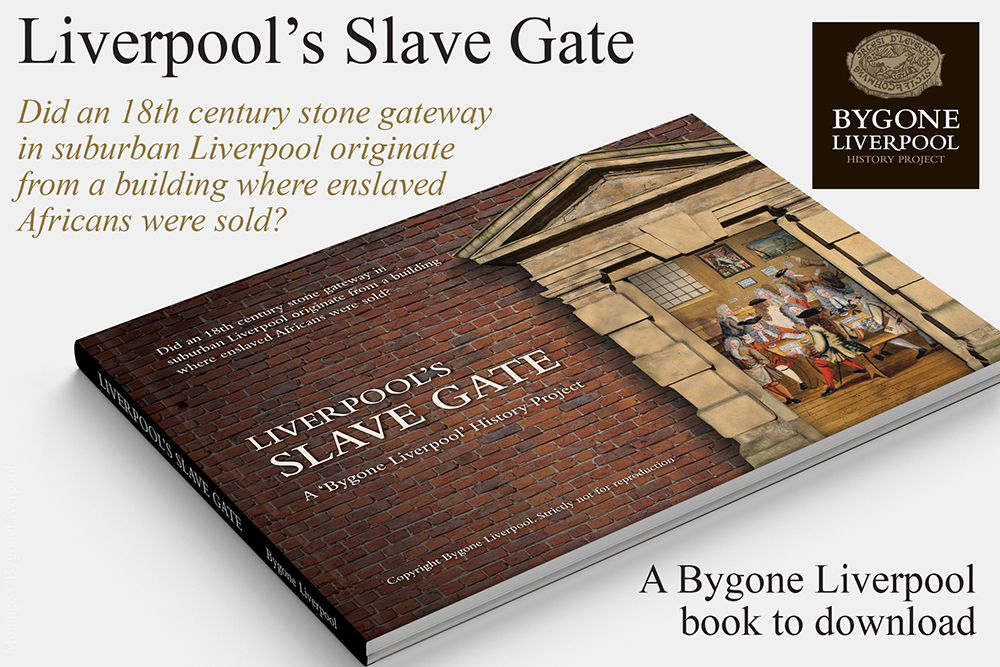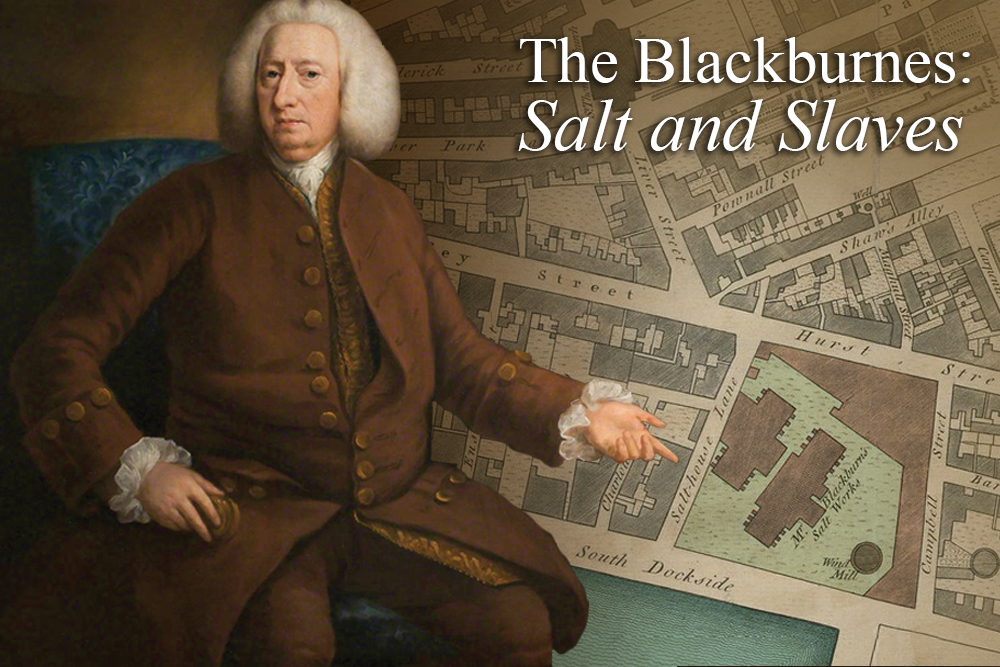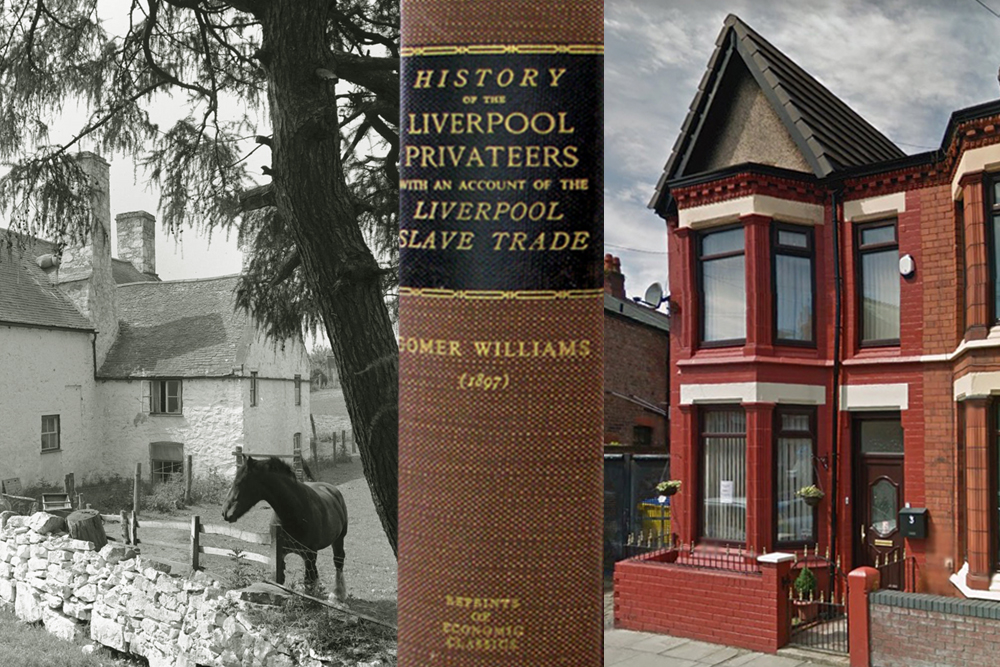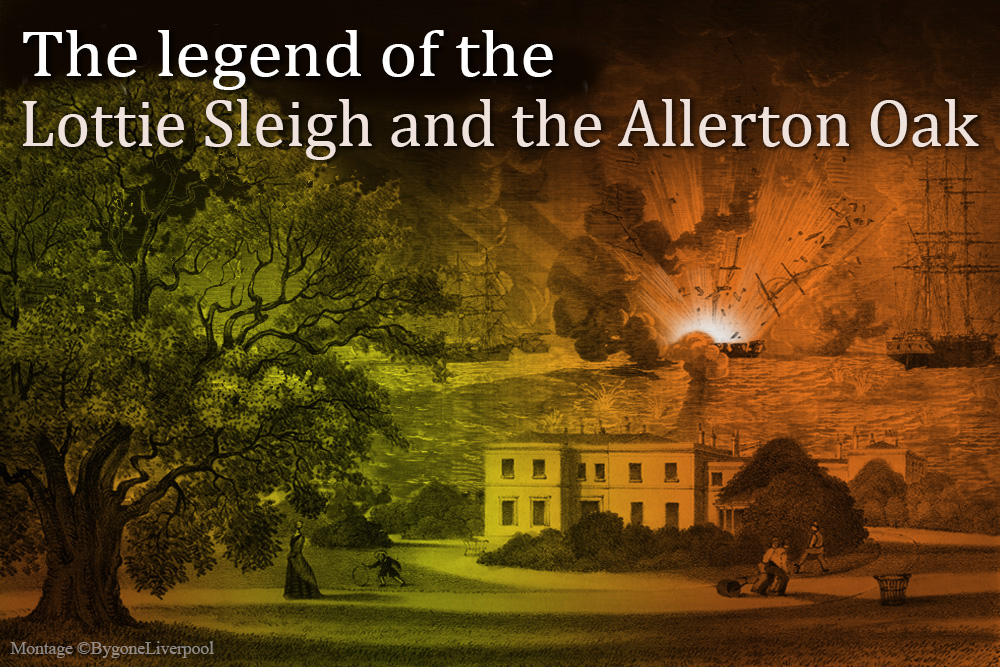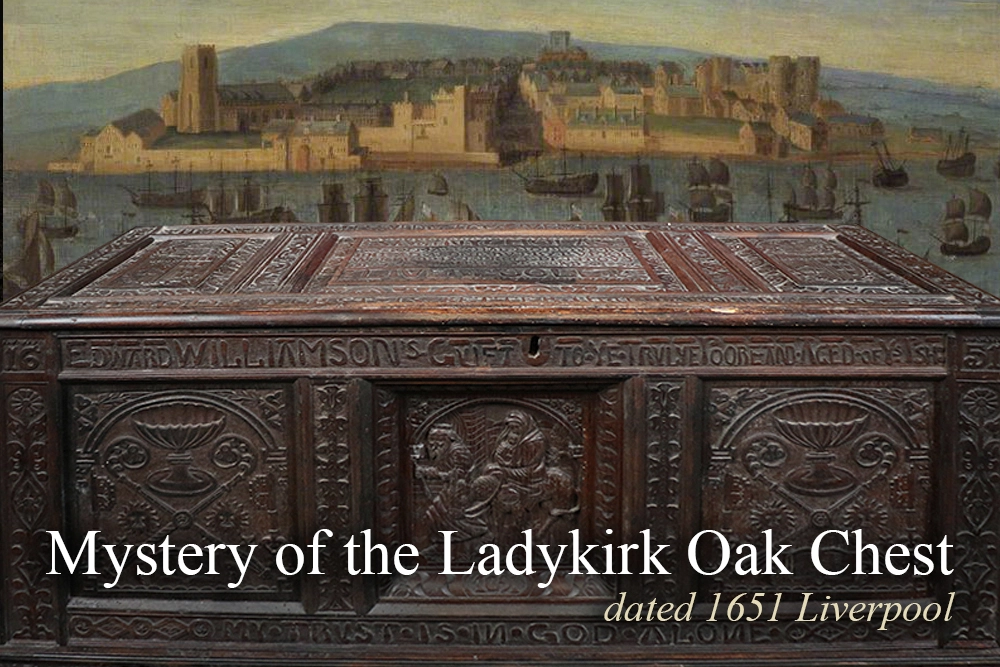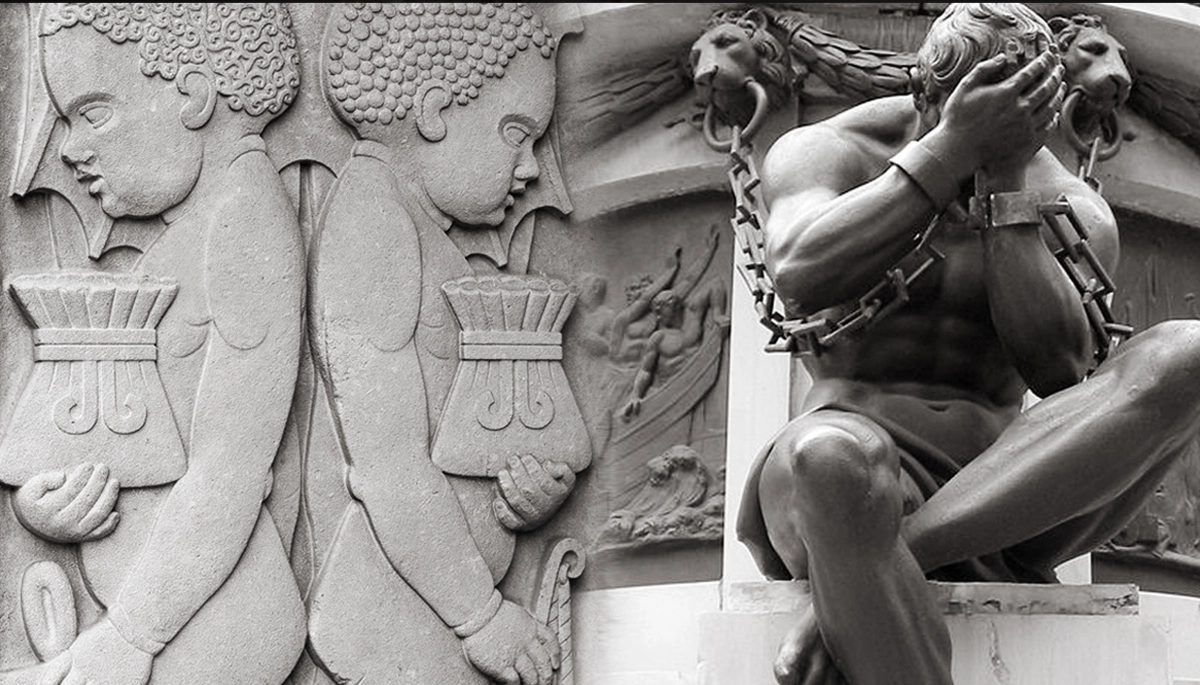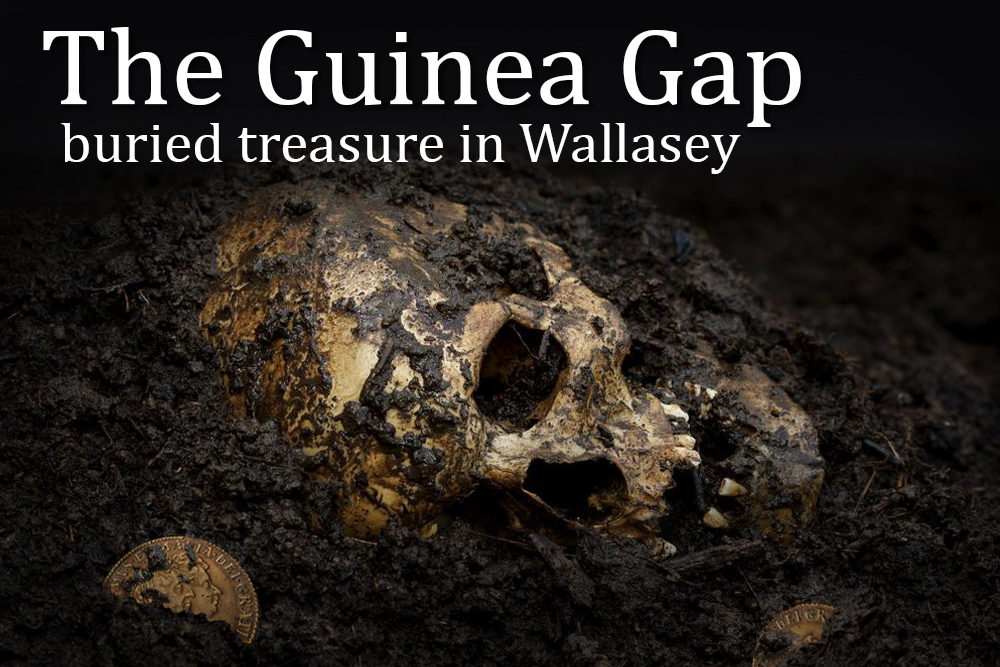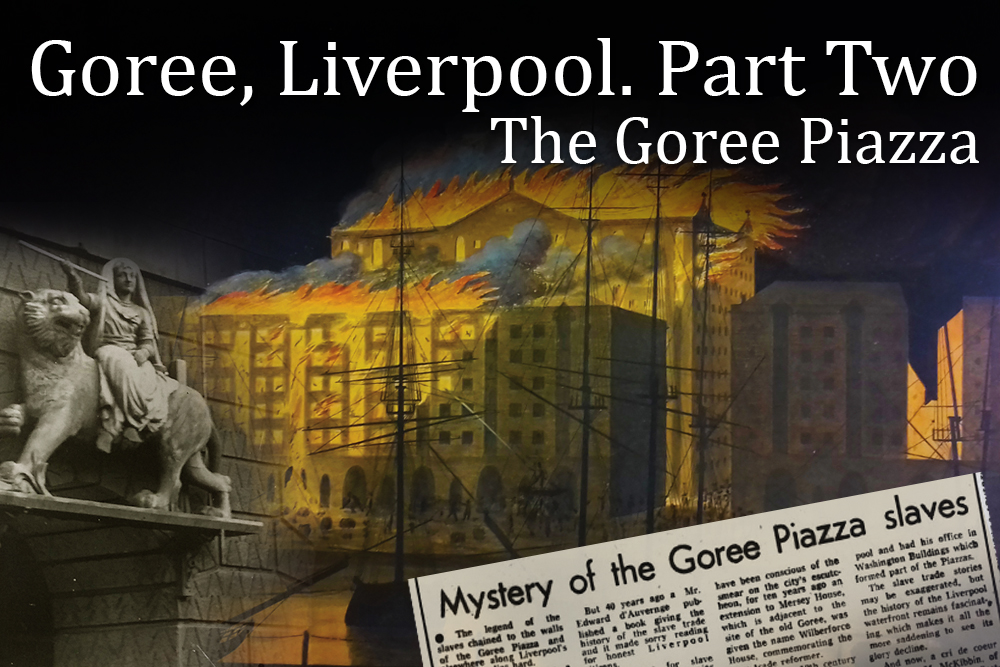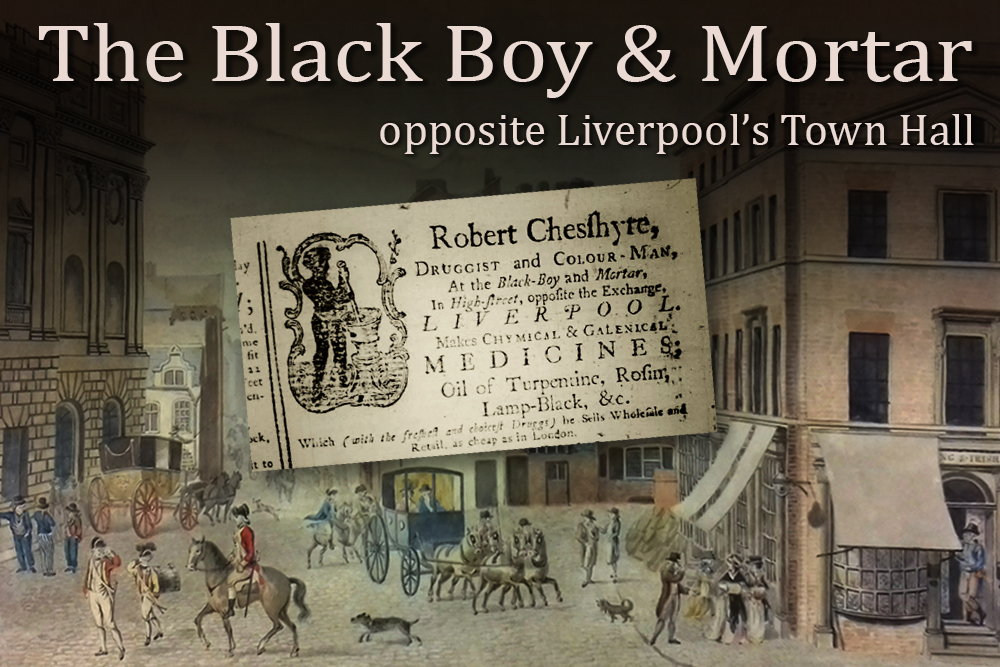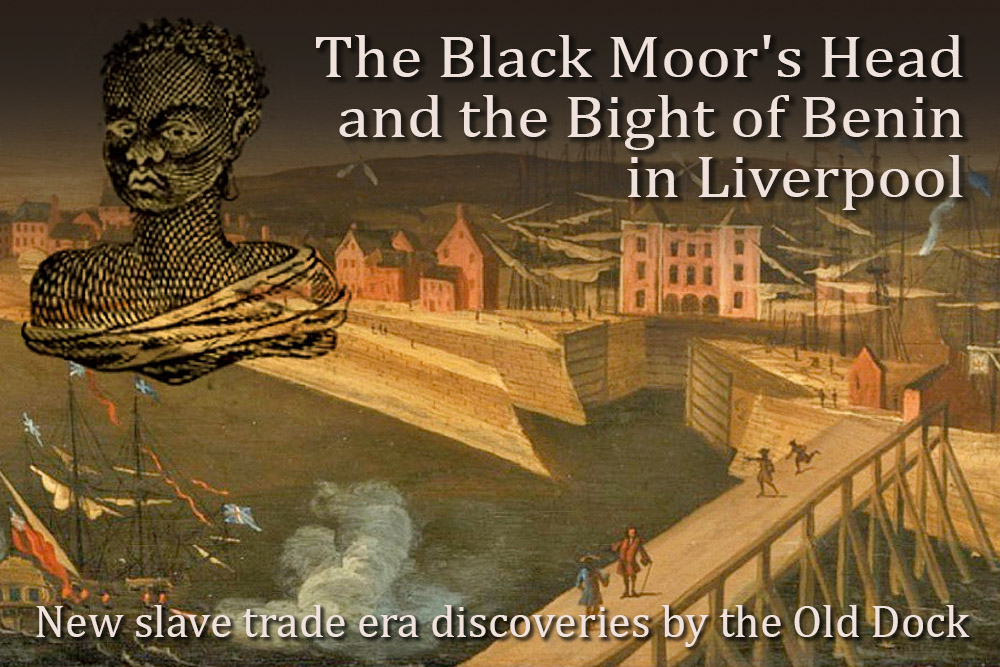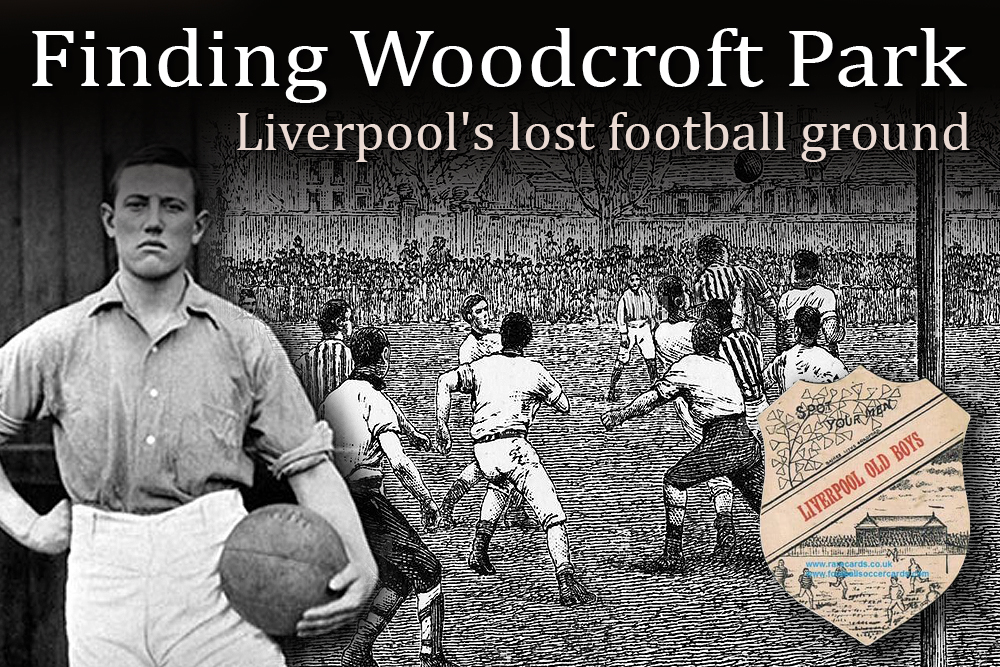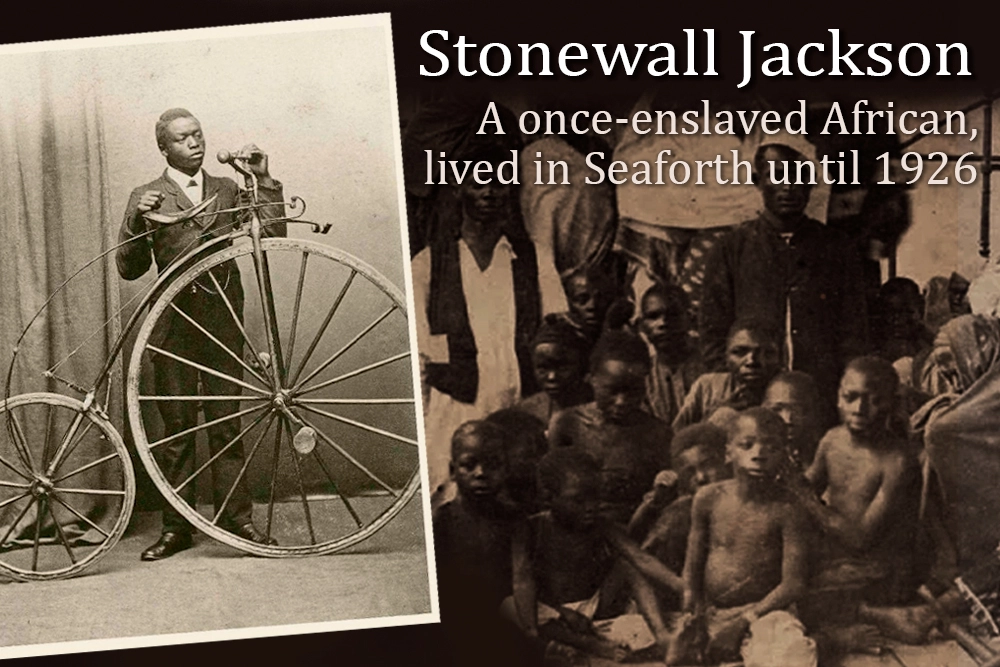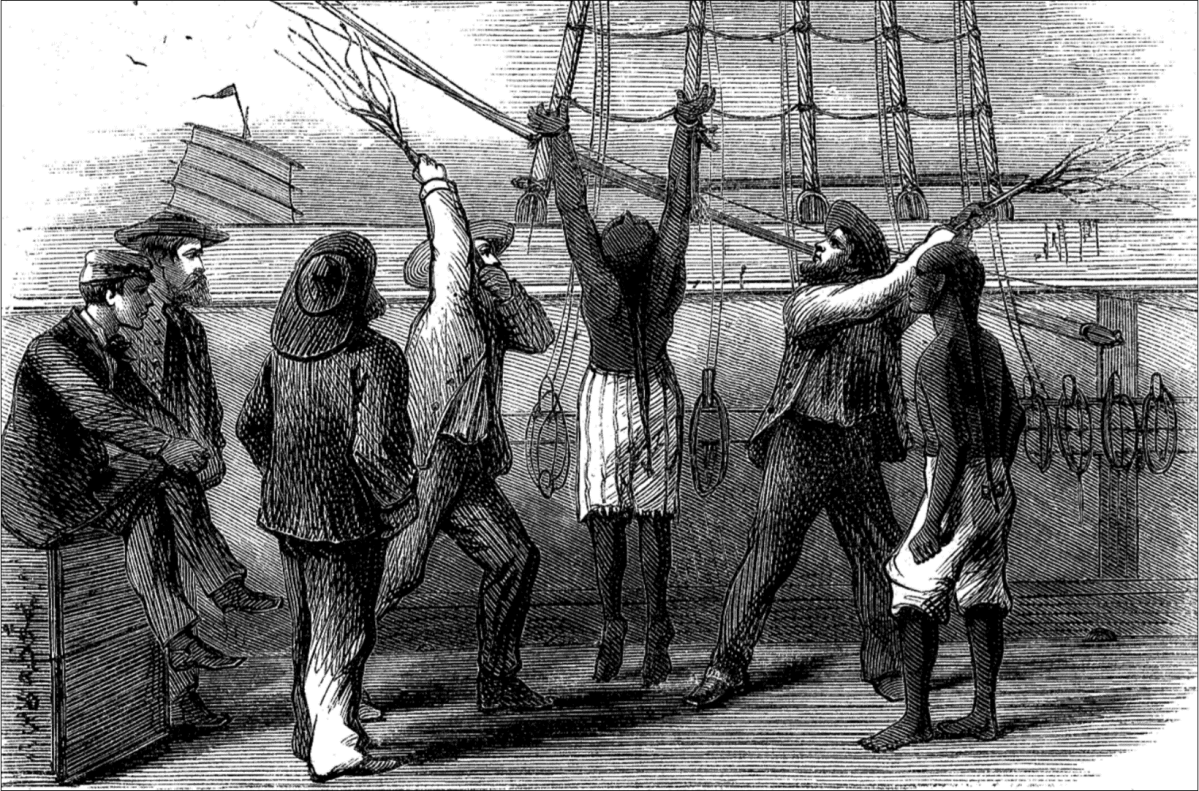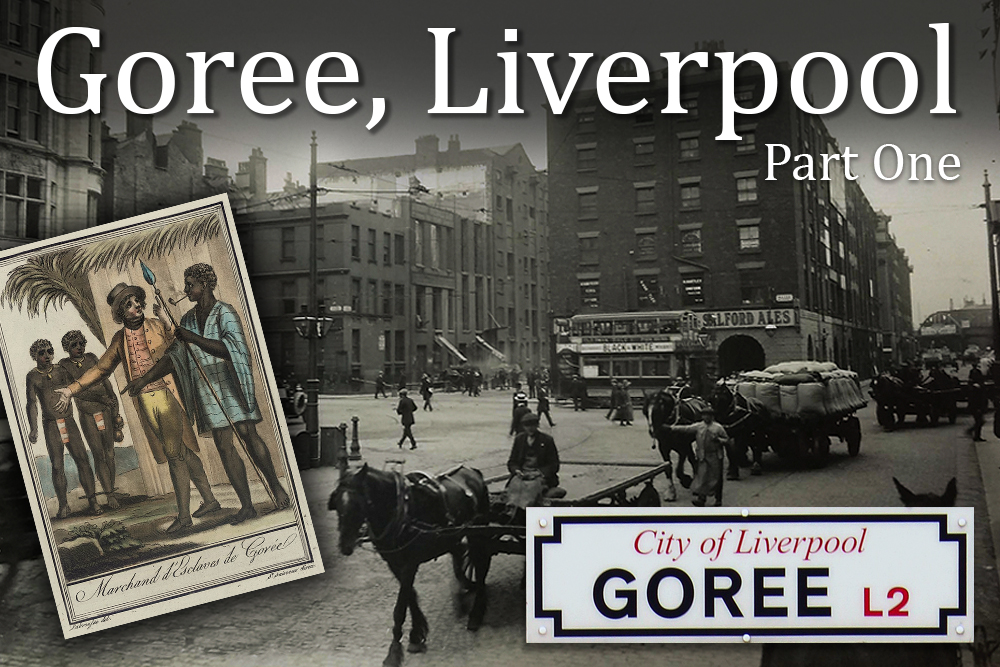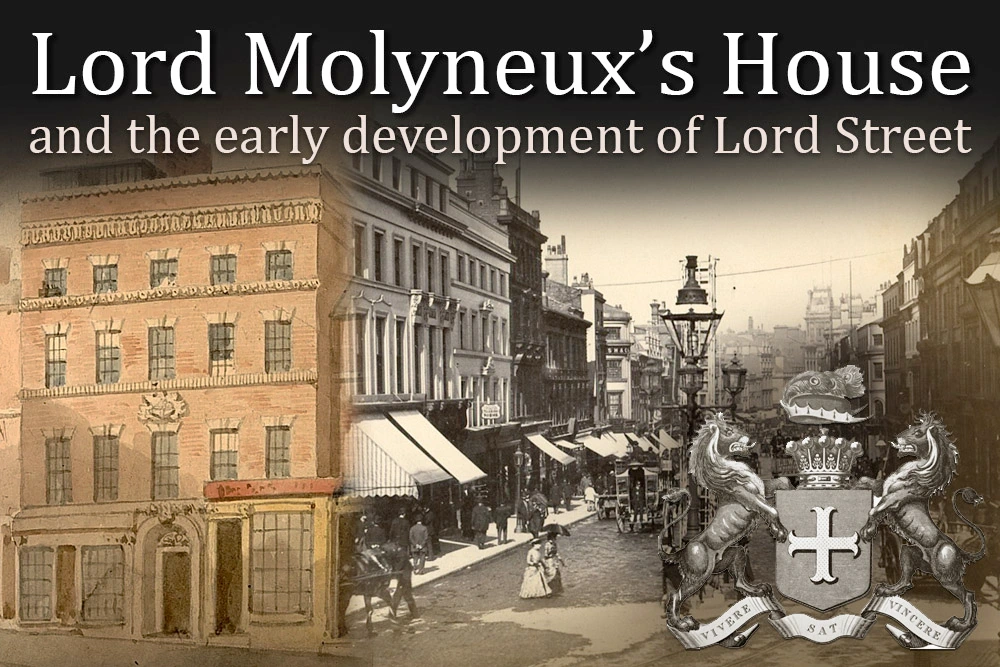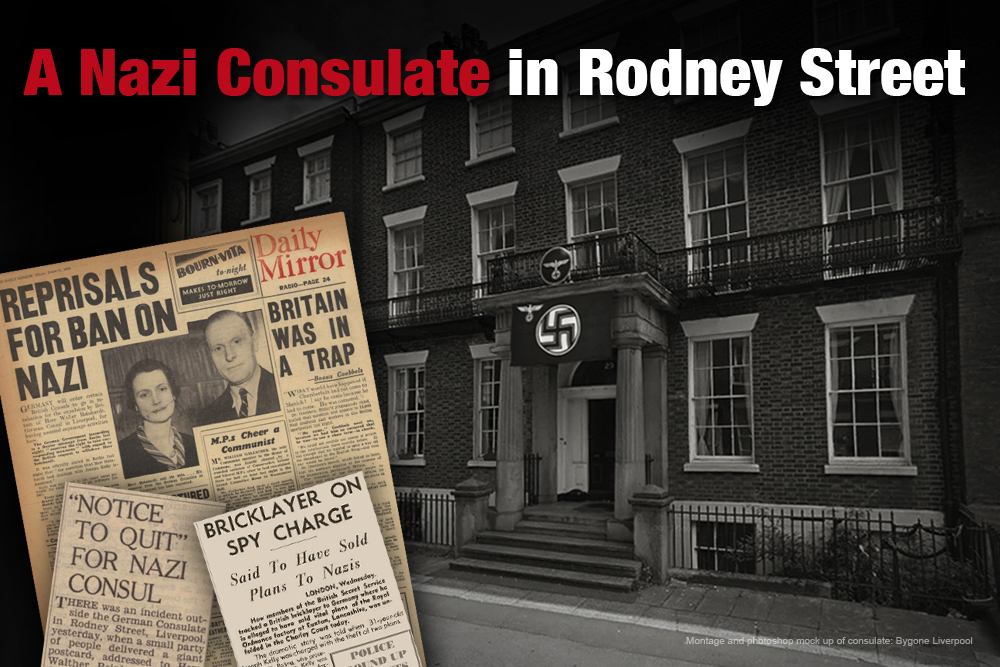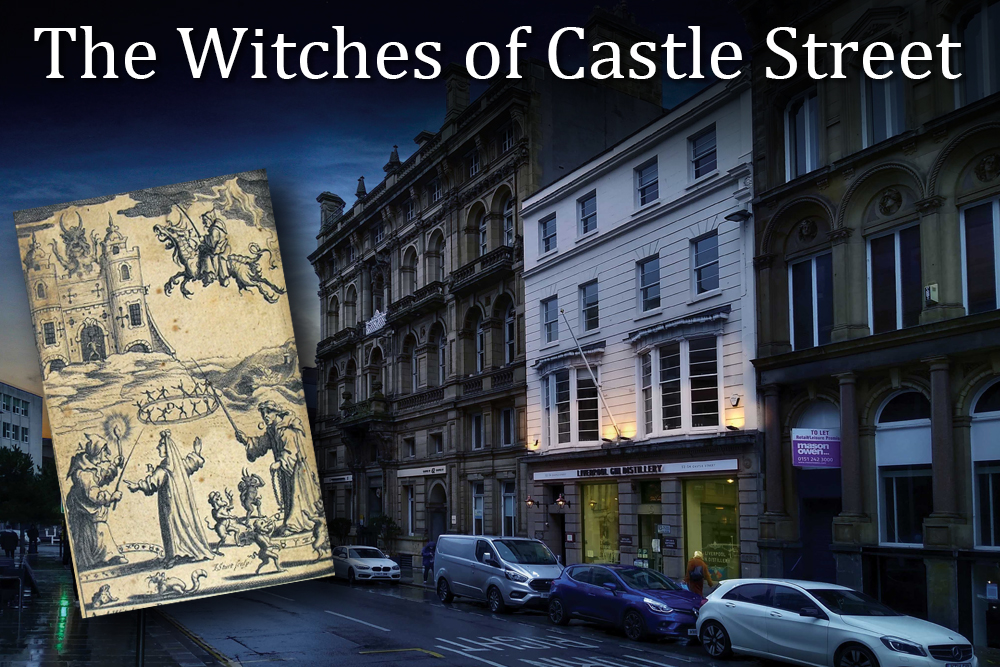
About us
Bygone Liverpool’s aim is to uncover little known, or previously unknown, aspects of Liverpool’s history. Wherever possible, we use original source material from archives to enable a fresh outlook on the city’s past.
Scroll down to view all of our posts.
Guest blog: Thomas Blackburne and Newton Hall
Following our research into the Blackburne family, we are delighted to publish this guest post by Mark Adams. Mark is a professional archaeologist who excavated the site of the Blackburne family’s residence before they moved to Orford Hall, and then Liverpool and Hale. When we researched the Blackburne family, we could find little information about…
Download our book: Liverpool’s ‘Slave Gate’
Did an 18th century stone gateway in suburban Liverpool originate from a building where enslaved Africans were sold? Bygone Liverpool have discovered the original building this structure came from, and tell its amazing history. According to local legend, this old stone gateway in Gateacre originally belonged to an 18th century building in central Liverpool. Enslaved…
The Blackburne family of Orford Hall, Liverpool and Hale: Salt and Slaves
John Blackburne (1693–1786) was the head of a wealthy merchant family from Orford, Warrington. Their business of salt refining would lead them to Liverpool at the end of the 17th century. This move would see the family diversifying into the slave trade. Streets, buildings and a dock still bear names that link them to the…
Biography of Gomer Williams, Liverpool author and historian
By Glen Huntley In 1897, Gomer Williams’ ground-breaking book History of the Liverpool privateers and letters of Marque with an account of the Liverpool slave trade was published. Ever since it has become one of the most referenced works in any book on the subjects. But what is known of the man who wrote it?…
The legend of the Lottie Sleigh and the Allerton Oak
By Glen Huntley. Cover montage: Bygone Liverpool In 1864, a ship called the Lottie Sleigh, carrying 11.5 tonnes of gunpowder, blew up in the Mersey. The blast was so strong that over 5 miles away, the trunk of the famous 1,000 year old ‘Allerton Oak’ was split in two. Did it really happen, or is…
Mystery of the Ladykirk Oak Chest, dated 1651 Liverpool
By Glen Huntley, November 2022 In Ladykirk church, just over the border into Scotland, is an oak chest that originated from St Nicholas’ church in Liverpool in 1651. The mystery of how this ended up in a Scottish church made national news in 1892. When the church of St. Nicholas was devastated in the Blitz…
John Newton in Liverpool, Part 2. Locations and connections.
Shortly after posting our research on John Newton in Liverpool, we were approached by the Cowper & Newton Museum in Olney. We were commissioned to further research Newton’s time here, with a view of producing a digital exhibition in the museum to mark the museums commemoration of the 250th anniversary of Newton’s famous hymn, Amazing…
Depictions of enslaved African children on Martins Bank, and chained figures on the Nelson Monument
The Martins Bank building on Water Street (1932) and the Nelson Monument on Exchange Flags (1813) are two of Liverpool’s architectural treasures. Both have been said to depict, or allude to, enslaved Africans. Reliefs on the entrance to the bank is said to include two enslaved African children with wrist and ankle restraints. The two…
The Guinea Gap, buried treasure in Wallasey
Local legend tells of a hoard of up to fifty gold guineas, discovered on Wallasey’s shore circa 1850. The coins were said to be from the late 17th century and featured the heads of King William and Queen Mary. Next to the treasure was a skeleton with a pigtail. To commemorate this event, the location…
Goree, Liverpool. Part Two: The Goree Piazza
This is the concluding part of our history of an area in Liverpool named after the 18th century slave-trading post of Gorée in Senegal. This deals with a famous range of warehouses known as Goree Piazza that were destroyed by fire in 1802, and rebuilt soon after. Also, as generations of Liverpudlians were once convinced…
The Black Boy and Mortar – Opposite Liverpool’s Town Hall
Our previous post dealt with two discoveries of forgotten place-names and shop signs that further linked Liverpool to the slave trade. Here is another we have recently discovered, this time a chemist shop in 1760 called the Black Boy and Mortar. This was located in High Street, opposite the town hall. The Black Boy and…
The Black Moor’s Head and the Bight of Benin in Liverpool – New slave trade era discoveries by the Old Dock
It is well known that Liverpool’s links to the the transatlantic slave trade survive in street names. But what of the streets that no longer exist? What could their names tell us of the darkest chapter of Liverpool’s history? Most streets in Liverpool that are linked to the slave trade owe their names to the…
Kirklands, Hardman Street – a lost Peter Ellis building, hiding in plain sight
Thought to date from 1888, our new research shows the building is actually from 1860. Assumed to be demolished, it’s actually another surviving building by the the acclaimed Liverpool architect Peter Ellis. For the benefit of anyone not from Liverpool, or too young to remember, Kirklands was a famous cafe, bar and nightclub that ran…
Finding Woodcroft Park, Liverpool’s lost football ground
Bygone liverpool join the quest to discover the location of the lost football ground of Liverpool Caledonian AFC from 1891 to 1892. After a search by historians that began in 2014, we think we can finally solve the mystery. Back in 2014, a search began to find the location of a football stadium in Wavertree…
Stonewall Jackson, a once-enslaved African lived in Seaforth until 1926
Our recent research into a cook being flogged at sea for under-cooking Scouse took on a fascinating twist when we researched the owners of the ship Stuart & Douglas. The owners of the ship Sea were Peter Stuart and Peter Douglas. Stuart lived at Elm House, Crosby Road South, Seaforth. From the early 1870s Peter…
Flogged 36 times for messing up the Scouse
Scousers are as proud of the dish that gave them their name as they are of the city itself. The ingredients often cause a debate, as does what you put on top of it. You could say we are passionate about it, but certainly not as much as this sea captain below. In 1856 he…
John Newton in Liverpool – From slaver to customs official
Research into an area of Liverpool named Goree leads to discovering the workplace of John Newton, the slave trader turned preacher and most famously the author of Amazing Grace. In Part One of this series we covered the early history of an area in Liverpool named Goree that took its name from a Slave embarkation…
Goree, Liverpool. Part One
An attempt to recreate the Liverpool strand of 1750 from original sources. In this first of a series of three posts we look at an area of Liverpool bearing the name Goree, this area would forever be linked to the city’s shameful involvement in the Transatlantic Slave Trade. Before the famous ‘Old Dock’ was opened…
Lord Molyneux’s House and the early development of Lord Street, Liverpool
Built in the late 17th century for Lord Molyneux and featuring his coat-of-arms, this town-house would survive for 250 years before being destroyed by enemy bombs in the Liverpool Blitz of May 1941. From before 1705 to 1920 the building had often been home to the some of the town’s leading jewellery manufacturers, from early…
A Nazi Consulate in Rodney Street
Just a couple of months before Britain declared war on Nazi Germany on 3 September 1939, a question was raised in the House of Commons concerning the German Consulate in Rodney Street, Liverpool. The Prime Minister, Neville Chamberlain was asked if he was aware that officials wore Nazi uniforms and that the swastika was flown…
Benjamin Franklin stayed in Liverpool (with one of his slaves)
Chances are most people know Benjamin Franklin either as a Founding Father of the United States or a discoverer of Electricity (with a key connected to a kite). Less known was that he travelled to Liverpool with his son and one of his slaves, spending several days here in 1759. Franklin in Britain Franklin lived…
The Witches of Castle Street
Over 350 years ago two witches lived on Castle Street, Liverpool. This story is not a myth, it comes from a contemporary account from their long-suffering landlord. The authors have located the exact location of where that was. Now wrap up warm and come with us as we explore the witches’ coven. The Witches’ Landlord…
Get new content delivered directly to your inbox.
